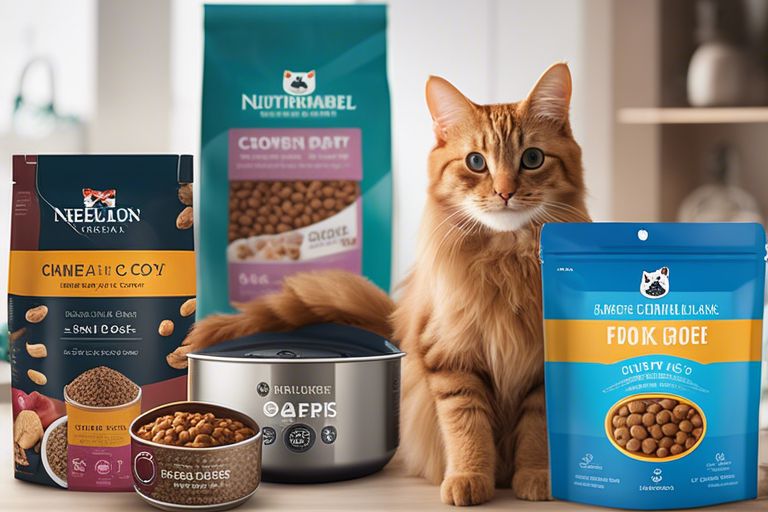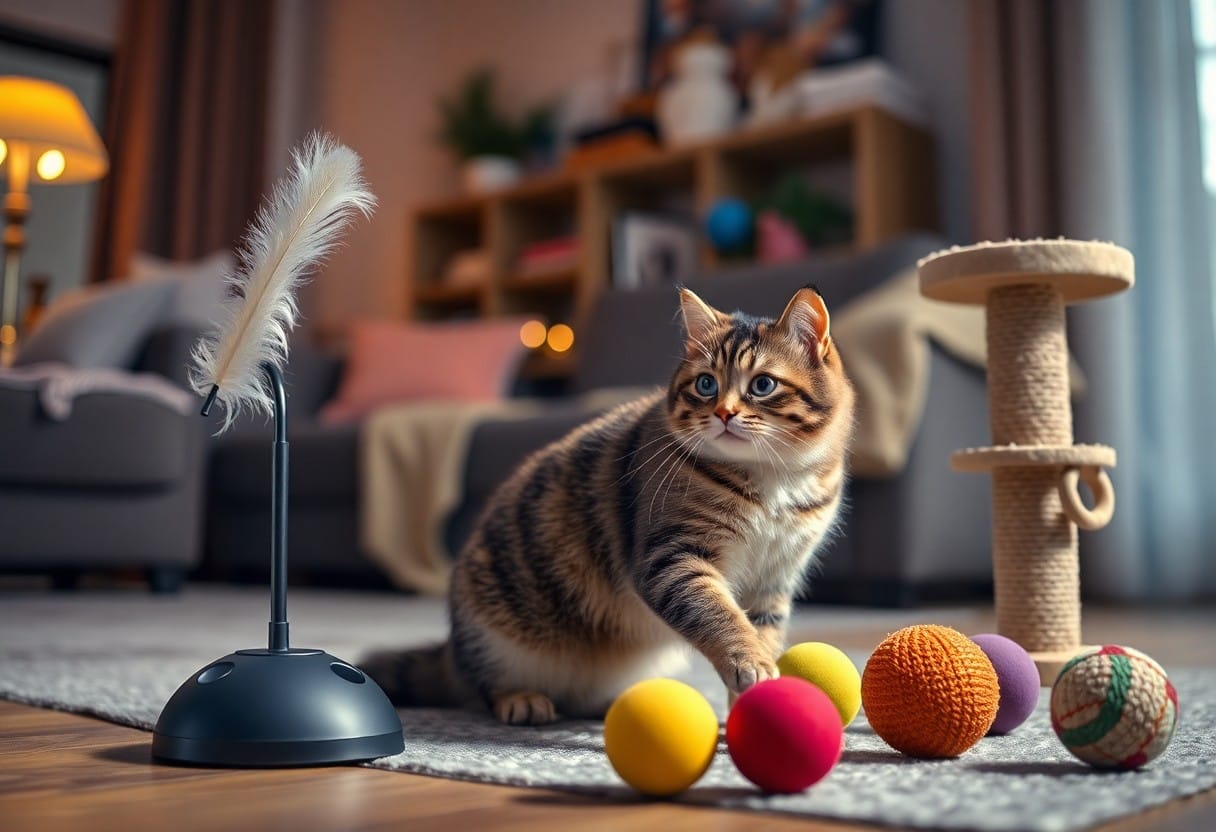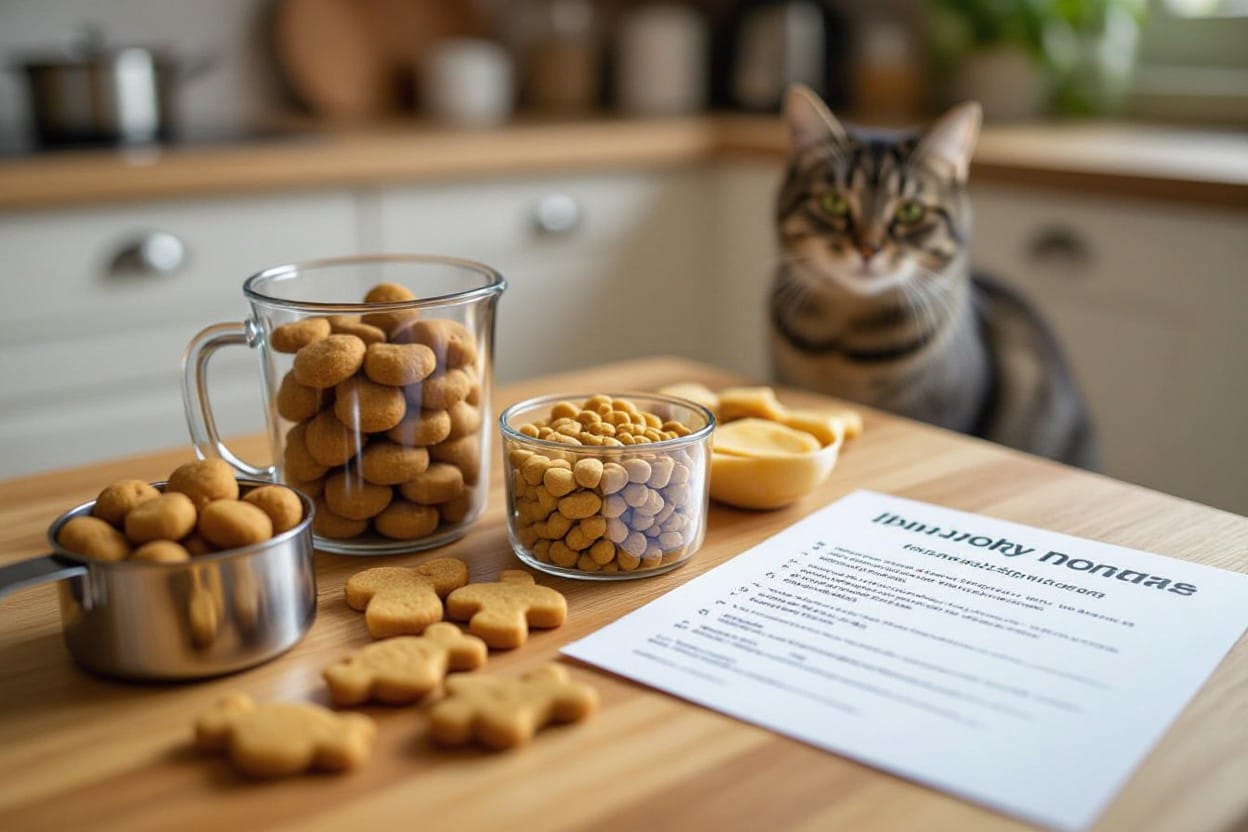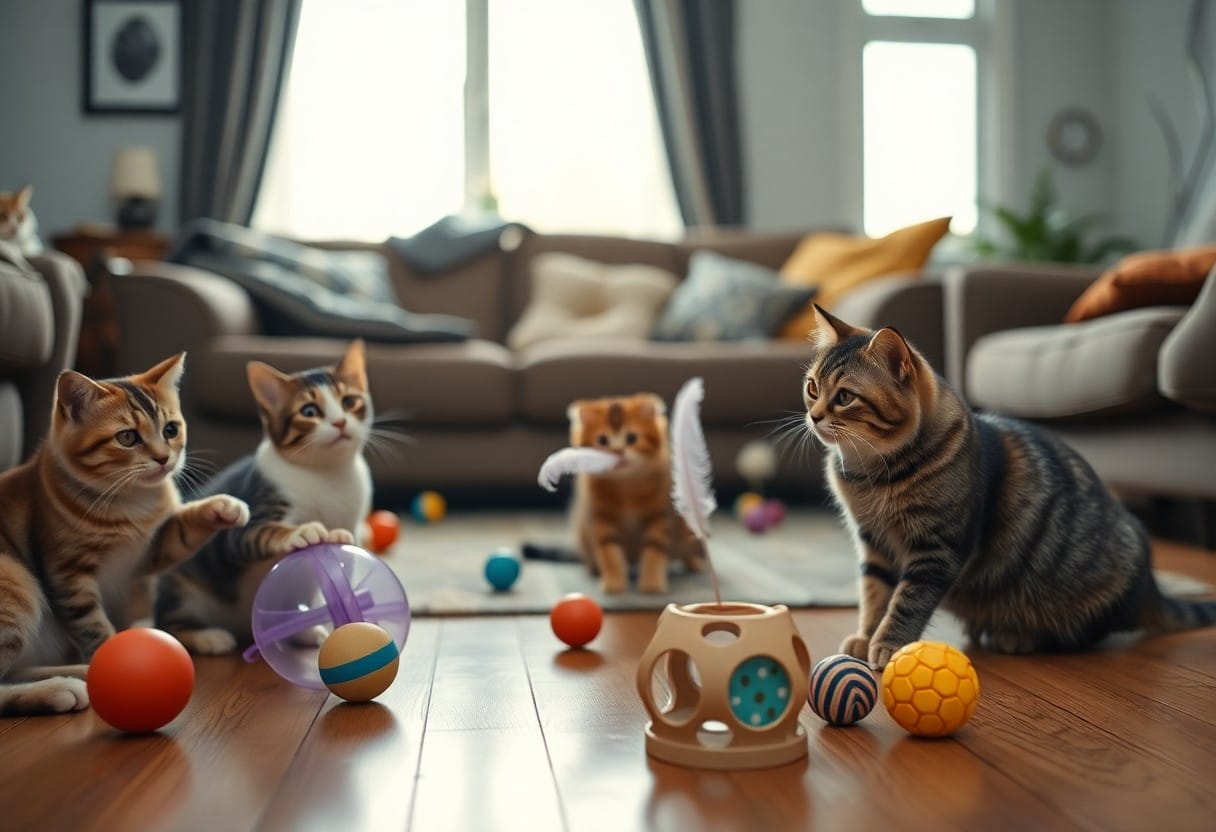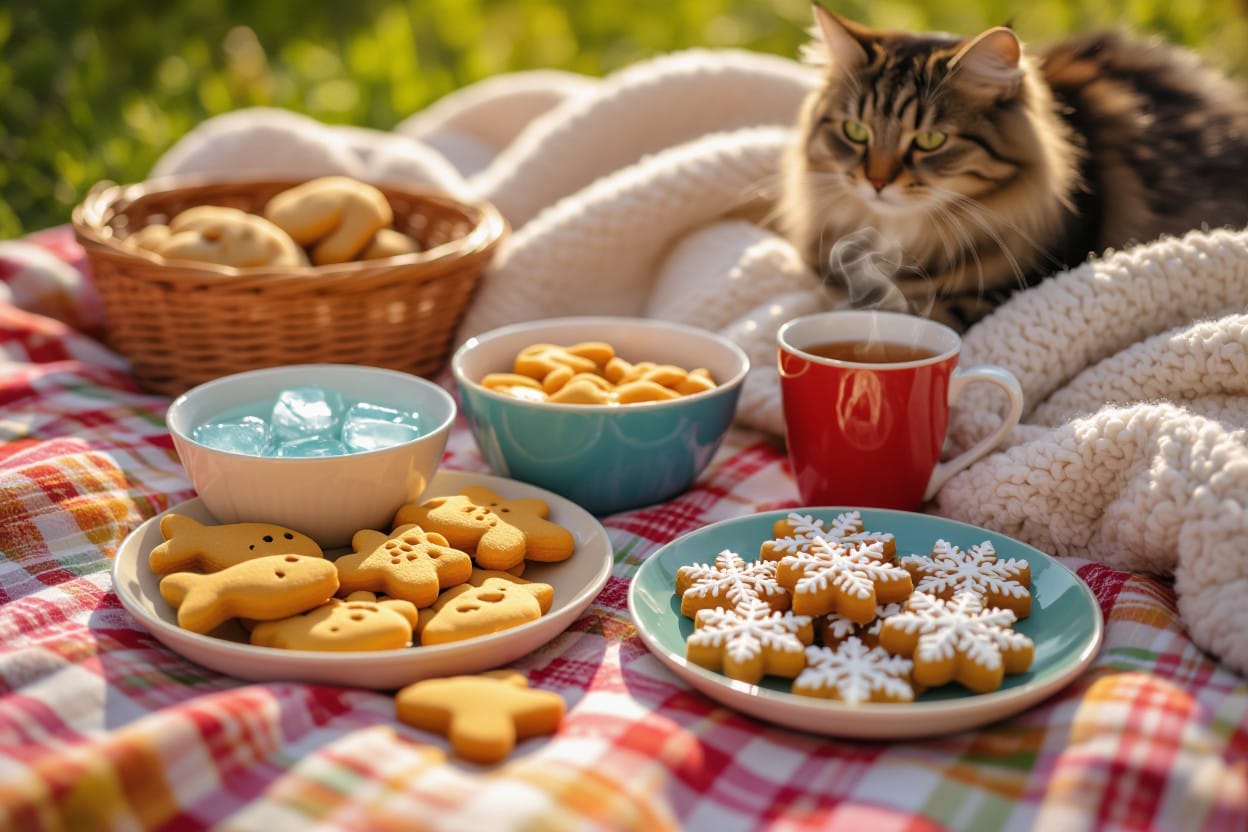Most cat owners want the best for their feline companions, and choosing the right food is necessary for their health and well-being. With a myriad of options available, it can be overwhelming to select the perfect diet for your cat. In this guide, we will provide you with expert tips on how to navigate the world of cat food to ensure you are meeting your pet’s unique dietary requirements.
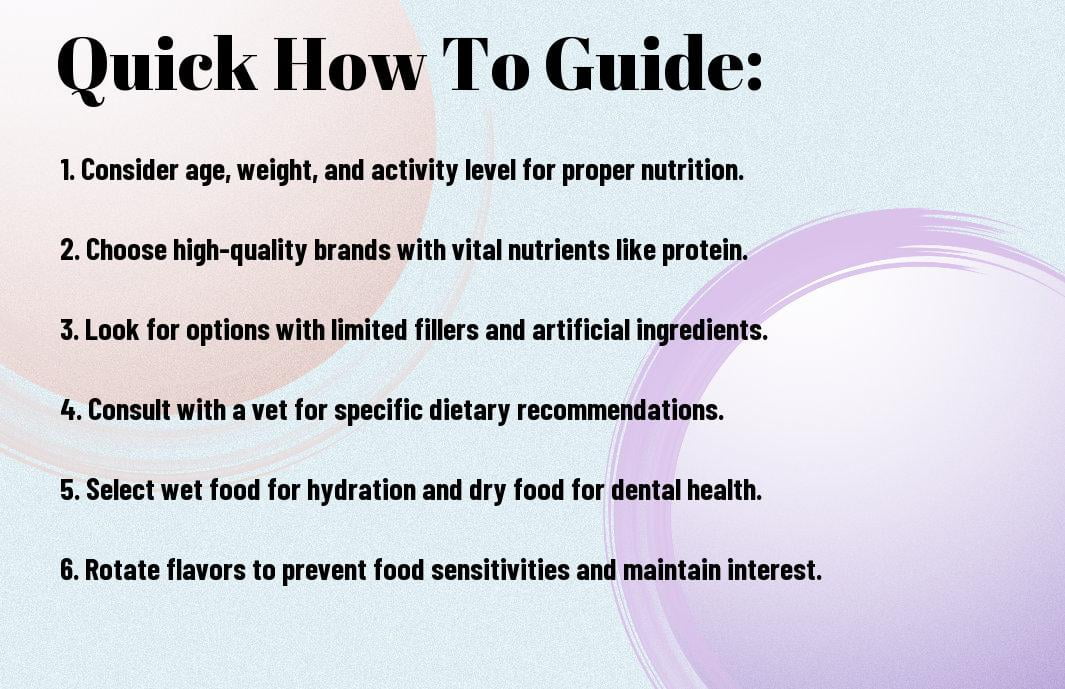
Assessing Your Cat’s Dietary Needs
The
Factors Determining Your Cat’s Diet
Cats have unique dietary requirements that are influenced by various factors. These factors include your cat’s age, weight, activity level, overall health, and whether they have any medical conditions. Young kittens, senior cats, and overweight cats, for example, may have different dietary needs compared to healthy adult cats.
- Age
- Weight
- Activity level
- Overall health
- Medical conditions
This information will help you select the right type of food for your cat and ensure they are receiving the appropriate balance of nutrients for their well-being.
The Role of Specialized Diets for Health Conditions
On occasion, cats may require specialized diets to address specific health conditions such as diabetes, kidney disease, or food allergies. These specialized diets are formulated to provide the necessary nutrients while managing the medical condition at hand. It is important to consult with your veterinarian before making any drastic changes to your cat’s diet to ensure that it aligns with their health requirements.
This guidance from your veterinarian will help you make informed decisions about the best food options for your cat and support their overall health and well-being.
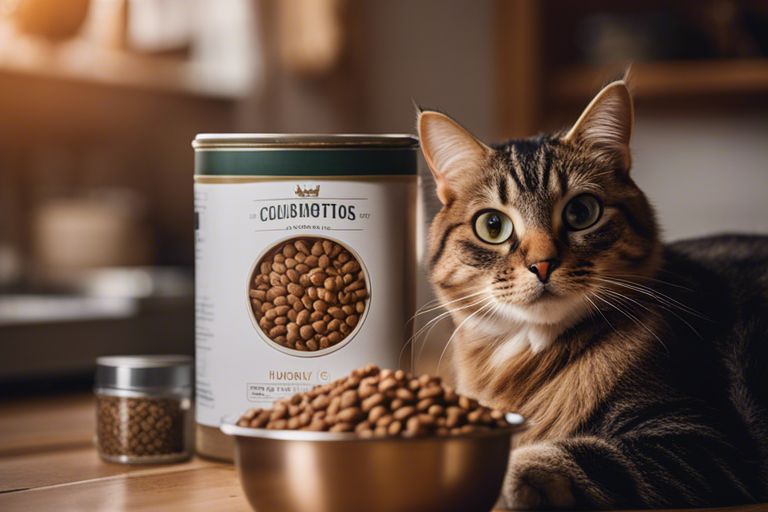
Types of Cat Foods
Many factors come into play when choosing the right food for your feline companion. Recognizing the different types of cat foods available can help you make an informed decision. Here is a breakdown of the various options:
| Dry Food | Wet Food |
| Semi-Moist Food | Raw Food |
| Homemade Diets | Prescription Diets |
| Specialty Diets | Grain-Free Diets |
Evaluating Dry Food versus Wet Food
Food preference plays a significant role in determining whether you should choose dry food or wet food for your cat. Dry food is convenient and helps maintain dental health, while wet food can help with hydration due to its high moisture content. Consider your cat’s age, health status, and preferences when making this decision.
Raw Diets and Homemade Food Considerations
Little research supports the benefits of raw diets for cats, and there is a risk of bacterial contamination. Homemade diets require careful planning to ensure proper nutrition. Consulting with a veterinarian or a feline nutritionist is crucial when considering these options for your cat’s diet.
A raw diet consists of uncooked ingredients such as raw meat, bones, and organs. Homemade food involves cooking meals for your cat using specific recipes and guidelines to meet their nutritional needs.
Understanding By-Products and Fillers in Cat Food
One important aspect to consider when choosing cat food is the presence of by-products and fillers. By-products are secondary products derived from the manufacturing process, while fillers are non-nutritive ingredients added to bulk up the food. Understanding the role of by-products and fillers can help you select a high-quality diet for your cat.
It is necessary to read the ingredient list on cat food labels carefully to identify any by-products or fillers present. Opting for foods with named meat sources and minimal fillers can provide better nutrition for your cat.
The Pros and Cons of Grain-Free Diets
| Pros | Cons |
| Less likely to cause allergic reactions | May lack necessary nutrients |
| Can be beneficial for cats with digestive issues | Costlier than traditional diets |
| May promote healthier coat and skin | Not suitable for all cats |
Grain-free diets have gained popularity in recent years due to perceived benefits, but it is necessary to weigh the pros and cons before making the switch for your cat. Consulting with a veterinarian can help determine if a grain-free diet is suitable for your cat’s specific needs.
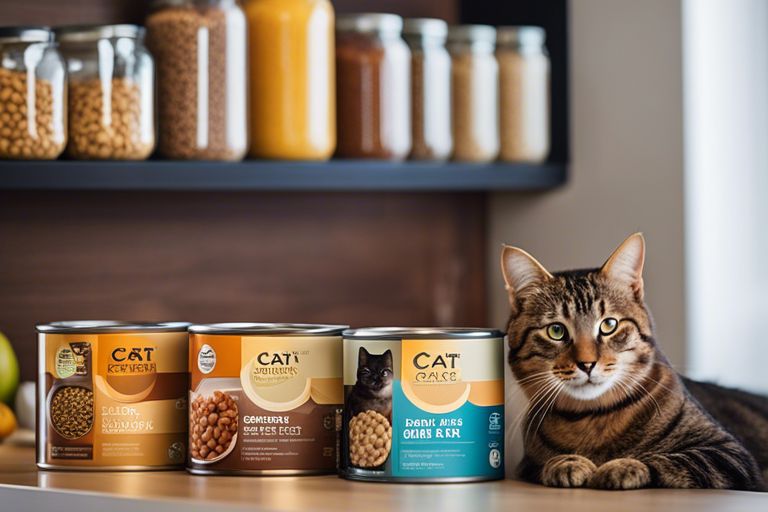
Reading and Interpreting Cat Food Labels
After understanding the importance of selecting the right food for your cat, the next step is to decode the information on cat food labels. This crucial step will help you make informed decisions about your feline friend’s diet.
Key Nutrients to Look For
Look for crucial nutrients like protein, taurine, vitamins, and minerals on the cat food label. Cats are obligate carnivores, so protein should be the primary ingredient in their diet. Taurine is another vital nutrient for cats as they cannot produce it on their own. Additionally, vitamins and minerals play a crucial role in maintaining overall health and well-being.
Deciphering Ingredient Lists
An ingredient list can provide valuable insight into the quality of cat food. Ingredients are listed in descending order by weight, so the first few ingredients are the most significant. Look for named protein sources like chicken, salmon, or turkey as the primary ingredients. Avoid foods with fillers, by-products, and artificial additives.
Understanding ingredient lists can help you avoid potential allergens and select a cat food that meets your pet’s dietary needs. Look out for common allergens like grains, artificial colors, and preservatives that may cause digestive issues or allergic reactions in your cat.
Recognizing Marketing vs. Nutritional Value
Nutrient content claims and flashy marketing terms on cat food packaging can be misleading. Reading the guaranteed analysis can provide more accurate information about the nutritional value of the food. Look for a statement from the Association of American Feed Control Officials (AAFCO) confirming that the food meets your cat’s minimum nutritional requirements.
This step is crucial in ensuring that the cat food you choose provides the crucial nutrients your cat needs to thrive. Avoid falling for marketing gimmicks and focus on the actual nutritional value of the food to make an informed decision for your cat’s health.
Tips for Transitioning to a New Diet
All cats, just like humans, need time to adjust to a new diet. Abrupt changes can lead to digestive issues and stress for your feline friend. Follow these tips to transition your cat to a new diet smoothly:
- Gradual Transition: Start by mixing a small amount of the new food with their current food. Slowly increase the ratio of new food to old food over a period of 7-10 days.
- Observe Behavior: Keep an eye on your cat’s behavior and stool during the transition period. Any signs of vomiting, diarrhea, or refusal to eat may indicate that the new food is not agreeing with them.
- Stay Consistent: Once you have transitioned your cat to the new diet successfully, try to stick to the same feeding schedule and portions to avoid any digestive upsets.
Bear in mind, every cat is different, and what works for one may not work for another. It’s necessary to be patient and attentive to your cat’s needs during this transition period. Any concerns or issues should be discussed with your veterinarian to ensure the best outcome for your feline companion.
FAQ
Q: Why is it important to choose the perfect food for your cat’s dietary needs?
A: Choosing the right food for your cat is crucial for their overall health and well-being. Proper nutrition can prevent a range of health issues and ensure your cat leads a long and healthy life.
Q: What factors should I consider when selecting food for my cat?
A: When choosing food for your cat, consider their age, weight, activity level, and any specific health concerns they may have. Consulting with a veterinarian can help determine the best diet for your cat.
Q: How do I know if a cat food is nutritionally complete?
A: Look for cat foods labeled as “complete and balanced,” which means they contain all the vital nutrients your cat needs. Check the ingredients list for high-quality sources of protein, vital fatty acids, vitamins, and minerals.
Q: Should I opt for dry or wet food for my cat?
A: Both dry and wet cat food can be nutritionally balanced, so the choice between the two depends on your cat’s preferences and specific dietary needs. Some cats may benefit from a combination of both types of food.
Q: How can I transition my cat to a new food?
A: When transitioning your cat to a new food, do so gradually over 7-10 days by mixing small amounts of the new food with their current food. This helps prevent digestive upsets and allows your cat to adjust to the new diet smoothly.
